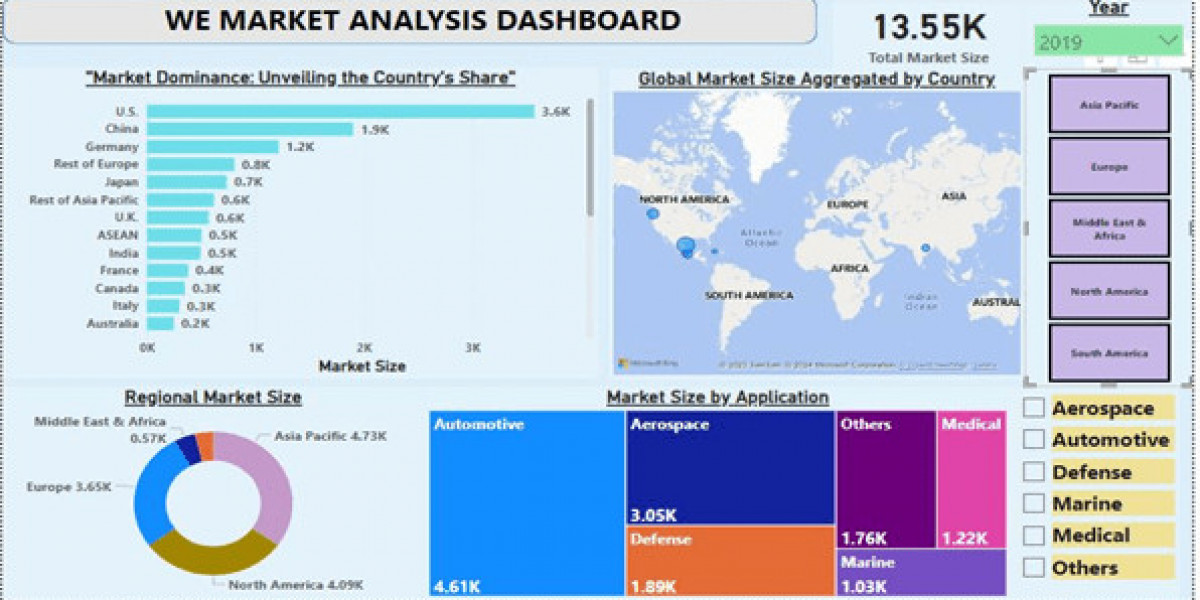Cloud computing has fundamentally transformed the landscape of technology and business operations. Its influence extends across various sectors, particularly in software development. One of the most significant changes brought about by cloud computing is in the realm of Software Development as a Service (SDaaS). This model leverages cloud technologies to enhance the efficiency, scalability, and flexibility of software development processes. In this article, we will explore how cloud computing impacts SDaaS, the benefits it offers, and the transformative effects on the software development industry.
What is Software Development as a Service (SDaaS)?
Software Development as a Service (SDaaS) is an outsourcing model where software development tasks are provided by a third-party service provider. This approach allows businesses to access a range of development services—such as application design, coding, testing, and maintenance—on a subscription or pay-per-use basis. SDaaS offers several advantages, including cost efficiency, flexibility, and access to specialized expertise.
Cloud computing, which involves delivering computing services over the internet, including servers, storage, databases, networking, software, and analytics, plays a pivotal role in enhancing the SDaaS model. By leveraging cloud resources, SDaaS providers can deliver scalable, reliable, and cost-effective software solutions.
The Impact of Cloud Computing on SDaaS
Enhanced Scalability and Flexibility
One of the primary benefits of cloud computing is its ability to provide scalable resources on-demand. For SDaaS, this means that development teams can easily scale their resources up or down based on project requirements and client needs. Cloud platforms offer a range of computing resources—such as virtual machines, storage, and databases—that can be adjusted in real-time, allowing SDaaS providers to manage varying workloads efficiently.
For example, if a client’s software application experiences a sudden increase in traffic, the SDaaS provider can quickly allocate additional cloud resources to handle the surge. Conversely, if the demand decreases, resources can be scaled back, optimizing cost-efficiency and ensuring that clients only pay for what they use.
Cost Efficiency
Cloud computing eliminates the need for businesses to invest heavily in physical infrastructure and hardware. Instead, SDaaS providers utilize cloud resources, which operate on a pay-as-you-go model. This shift to operational expenditure (OpEx) from capital expenditure (CapEx) helps businesses manage their budgets more effectively.
Clients benefit from reduced upfront costs associated with hardware acquisition and maintenance. Additionally, cloud computing allows SDaaS providers to optimize their resource usage, leading to cost savings that can be passed on to clients. The flexibility in cloud pricing models—such as pay-per-use, reserved instances, or spot pricing—enables SDaaS providers to offer competitive rates while maintaining high service levels.
Improved Collaboration and Remote Work
Cloud computing facilitates better collaboration among development teams, especially those working remotely or distributed across different locations. Cloud-based tools and platforms allow developers, project managers, and stakeholders to access and work on the same codebase, documentation, and project management tools in real-time.
For instance, version control systems like Git and collaborative development environments like GitHub or GitLab are hosted in the cloud, enabling seamless code sharing and collaboration. Project management tools such as Jira or Trello, also available in the cloud, help teams track progress, assign tasks, and communicate effectively, regardless of their physical location.
Faster Time to Market
Cloud computing accelerates the software development lifecycle by providing instant access to development environments and resources. SDaaS providers can set up and configure development, testing, and staging environments quickly using cloud infrastructure. This rapid provisioning allows for faster development cycles, enabling businesses to bring their software products to market more quickly.
Additionally, cloud-based continuous integration and continuous delivery (CI/CD) tools streamline the development process by automating code integration, testing, and deployment. This automation reduces manual errors and accelerates the release of new features or updates, enhancing the agility and responsiveness of SDaaS providers.
Access to Advanced Technologies
Cloud platforms offer access to a wide array of advanced technologies and services that can be integrated into SDaaS solutions. These technologies include artificial intelligence (AI), machine learning (ML), big data analytics, and Internet of Things (IoT) services. By leveraging these cloud-based technologies, SDaaS providers can develop sophisticated and innovative software solutions that meet the evolving needs of their clients.
For example, SDaaS providers can use cloud-based AI services to implement natural language processing (NLP) features in applications, or leverage cloud-based ML platforms to build predictive analytics models. The availability of these technologies in the cloud reduces the complexity and cost of implementing them, enabling SDaaS providers to deliver cutting-edge solutions.
Enhanced Security and Compliance
Security is a critical concern in software development, and cloud computing has made significant strides in addressing these concerns. Leading cloud providers invest heavily in security measures, including encryption, access controls, and threat detection, to protect data and applications hosted in the cloud.
For SDaaS, this means that security best practices and compliance standards are embedded into the cloud infrastructure. Cloud providers often adhere to industry-specific regulations and standards, such as GDPR, HIPAA, and ISO 27001, ensuring that SDaaS solutions meet necessary compliance requirements. By leveraging the security features of cloud platforms, SDaaS providers can offer clients robust and compliant software solutions.
Disaster Recovery and Business Continuity
Cloud computing enhances disaster recovery and business continuity capabilities. Cloud platforms offer backup and recovery services that ensure data is securely stored and can be quickly restored in the event of a failure or disaster. For SDaaS providers, this means that they can implement reliable disaster recovery plans without the need for extensive on-premises infrastructure.
Cloud-based disaster recovery solutions enable rapid data recovery and minimal downtime, ensuring that clients' software applications remain available and functional. This capability is crucial for maintaining business operations and mitigating the impact of unexpected disruptions.
Global Reach and Accessibility
Cloud computing enables SDaaS providers to deliver services to clients worldwide. Cloud platforms have data centers located in various regions, allowing SDaaS providers to deploy software solutions closer to their clients, reducing latency and improving performance.
This global reach also facilitates the development of applications that cater to diverse markets and user bases. SDaaS providers can leverage cloud infrastructure to create localized versions of software, support multiple languages, and comply with regional regulations, enhancing the overall user experience and accessibility.
Conclusion
The impact of cloud computing on Software Development as a Service (SDaaS) is profound and multifaceted. By leveraging cloud technologies, SDaaS providers can offer scalable, cost-effective, and innovative solutions that meet the diverse needs of their clients. The benefits of cloud computing—such as enhanced scalability, cost efficiency, improved collaboration, faster time to market, access to advanced technologies, and robust security—transform the SDaaS model, making it a powerful approach to software development.
As businesses continue to navigate the complexities of the digital age, the synergy between cloud computing and SDaaS will play a crucial role in driving innovation, optimizing operations, and achieving strategic goals. By embracing the capabilities of cloud computing, SDaaS providers can deliver cutting-edge software solutions that empower businesses to thrive in a rapidly evolving technological landscape.








